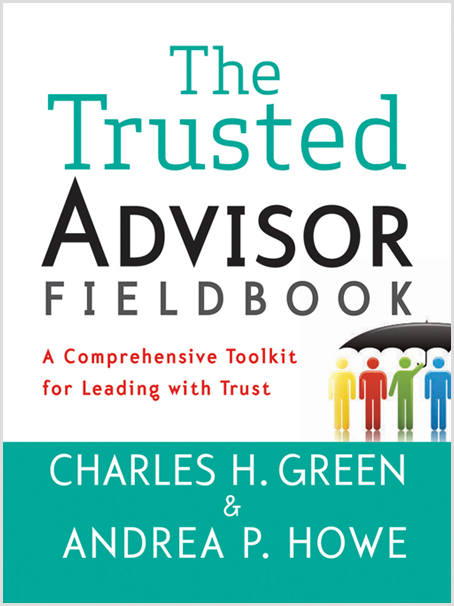This post is part of our Monthly-ish Tips series.

Last week I published a list of three essential trust-building practices for challenging times, each one designed to help you get off your “S” (self-orientation). This week I’m offering seven “Ninja tips” for your personal reach-outs, which is the first of the three practices.
Quick recap: The purpose of personal reach-outs is to be in touch with people who matter to you for no other reason other than to say hello and find out how they are. This puts your attention on them, rather than on you, and leaves them with an unmistakable experience of support, safety, and connection.
Here’s what I’ve learned so far as I’ve been doing these reach-outs myself:
1. Take a risk in terms of how you’re connecting. For some, video-based conversations are a new thing—good, keep doing that. Others of us have an opportunity to work our muscles in different ways.
Here’s one example for me: A couple of Thursdays ago I moved a Skype for Business client call to a far more casual FaceTime interaction from my garden bench. We had set the call up weeks prior simply to reconnect after many months of only intermittent emails. I found myself spent by 1pm that day, and desperately needed to step away from my office and computer.
So, I suggested a change of venue and learned my client was in the same boat. We agreed to dedicate our 30 minutes to refreshing and recharging. I didn’t do my usual LinkedIn research in advance, and I didn’t take notes during our conversation. I just connected with her. I found myself sharing things about myself and my life that I typically wouldn’t (and I’m a relatively open book). I got a tour of her house, including her painting studio. I had no idea she painted.
It was delightful and energy-giving and real.
2. Make it two-way. It’s OK—in fact, it’s usually good—to share about yourself, too. That way you’re not just asking them to be vulnerable.
I was candid with my client in the above example that I was cranky as heck the day we were supposed to talk. Her response: “Me too. I’m so glad you said that!” And when people have been expressing well wishes for me and my loved ones, I’ve been making mention of the extra care we are taking to be sure my 93-year-old mom stays safe and healthy. This is a big thing in my life right now.
I am not suggesting you pull all the focus to you and your current tales of woe (and I’m sure you have them); I am suggesting you let them in on your life, at least a little. True trusted advisor relationships are mutually rewarding, and this is one way to invite that.
3. Don’t ask, “How are you?” In U.S. culture, “How are you?” is a casual phrase that often isn’t even a prompt for a reply. Plus, how do you think they are? We’re all pretty sucky right now, at least at some point in the day or week. Apply what Facebook’s Sheryl Sandberg taught us while she was grieving for her late husband and try, “How are you today?” or, “How are you right now?”
4. Dig deep into your Rolodex. It’s easy to connect with clients, colleagues, and other stakeholders with whom you’ve recently been in touch. But what about those you haven’t worked with in many years? And what about other people in your life, in general? One colleague has been reaching out to childhood friends in Louisiana. I’ve had lovely exchanges in the last week with my ex-husband and our former cleaning lady, to name two.
5. Follow your hunches about people to reach out to. Related to #4, if someone “randomly” crosses your mind, don’t question it; just reach out. This is a great practice in general to help us all follow our instincts, not just our CRM systems.
6. Take risks with the sentiments you’re willing to express. I reached out to one client last week with whom I’m not exactly friends but pretty close in other ways, and for reasons I cannot explain I felt compelled to sign my email with “Anyway, sending love ⬅ maybe sounds woo-woo and squishy and weird but so be it.”
Let me be clear that I don’t feel compelled to do this with all my clients, and I’m not making a blanket recommendation that you change your signature line to include “I love you.” I’m just saying there’s something to be said for heartfelt and genuine expressions—in general and especially right now.
BTW, her immediate reply was, “Sending love right back to you. It’s not too woo-woo or too squishy in the least!”
7. Use a different kind of “metric.” Colleague Wade Forbes recently shared this insight via LinkedIn: “For the majority of this pandemic, I’ve found myself counting or seeking out numbers that scare me. Now it’s time to count something I can control, and that is making connections …”
He then listed over a dozen people he had touched base with that day. </br >
I love this “metric.”
As colleague Stewart Hirsch wisely said a couple of weeks ago, we’re all being given a lot more leeway and a lot more grace in terms of our interactions right now. And therein lies an extraordinary opportunity to make more meaningful and lasting connections.
Make It Real
This week, look for opportunities to apply all seven of the “Ninja tips” in some way, shape, or form.
Learn More

Check out the journalists who are broadcasting live from home and making news in unexpected ways. Heads up: Cute animals involved.
As if the Rolodex reference didn’t date me enough, I’ll close with a once-popular line from the show Hill Street Blues that keeps bouncing around in my head: “Let’s be careful out there.”
